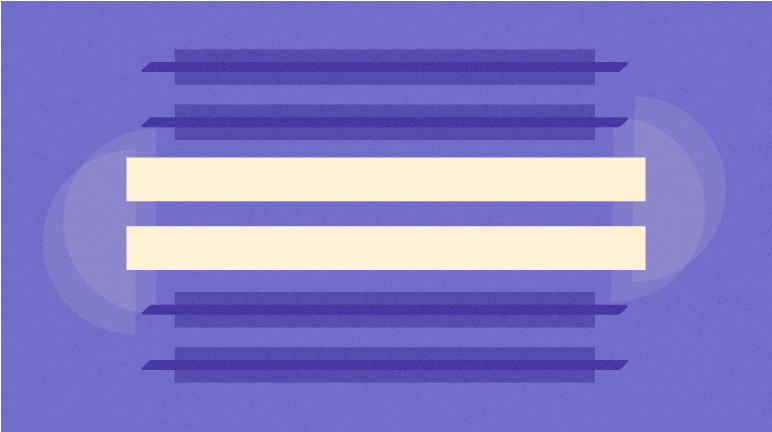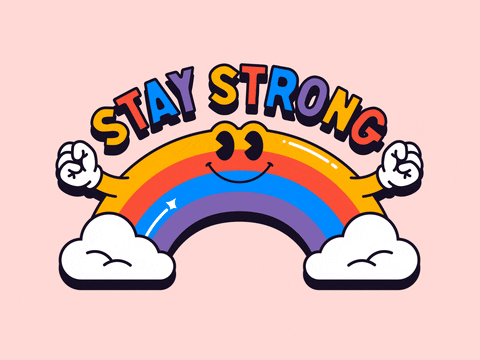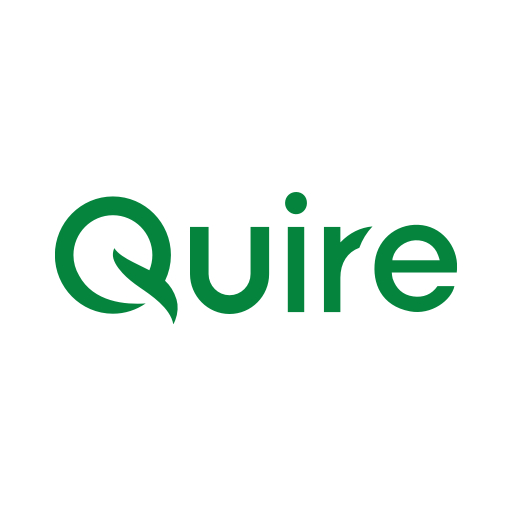productivity tips · Jul 13, 2021
The Zeigarnik Effect and How it Affects Productivity

The Zeigarnik Effect refers to people’s tendency to remember interrupted or incomplete tasks better than they remember completed ones. Which sounds good, after all, it’s more beneficial to remember what needs to be done. Also, it’s good that we should want to finish tasks that we have started.
Except, it’s actually been shown that the Zeigarnik Effect can negatively impact your productivity. And it can do this for two reasons: first of all, every incomplete task you’re thinking about makes it harder to concentrate on what you’re doing right now.
A 2011 study concluded that when interrupted during a task people tend to perform worse on the next task than people are who are allowed to complete one task at a time.
The second reason is that the Zeigarnik Effect means our unfinished work goes home with us. Unfinished work is much harder to forget, and so makes relaxing or unwinding much harder.
With that said, there is research to indicate that you don’t have to complete a task to feel some measure of mental relief. The researched shows that all you need to do I planning to finish incomplete tasks can help stop your brain from constantly reminding you about all your unfinished work.

5 ways you can use the Zeigarnik Effect to boost productivity
With all that said, there is actually a way you can use the Zeigarnik Effect to boost productivity. The task-specific tension can be used to sustain productive momentum, and focus.
Here are 5 ways the Zeigarnik Effect can be used to boost productivity:
1. Start now and create momentum
Procrastination is part and parcel of office life. And that’s true whether you’re working in an office or from home.
We have all been in that situation where we’ve left something to the absolute last minute. Usually because of other small tasks that have cropped up and stolen our attention. Which then leaves us racing through an important task in a stress-fueled frenzy.
Which invariably leads to mistakes. Which leads to going back and reworking the task.
The way to get around this is to mark a start. Not start with the intent to finish the whole thing. But rather, if you know you’ve got a deadline in ten days, and you think it’ll be fine to leave it to the eleventh hour. Don’t.
Instead, create a brief outline of what you need to do or in some small way start the ball rolling. This will do wonders for your motivation. Because once you’ve started your brain will keep prompting you to do a little bit more, and a little bit more, and a little bit more; and then the task is complete.
One way you can achieve this is by blocking out small sections of time. Anywhere from 20 to 30 minutes, or whatever works for your schedule. Committing small units of time helps get you started and stay motivated to finish.
It also means you stay fresh, and are far less likely to make mistakes.
Read more on what to do when employees are unproductive.
2. Take strategic breaks to help memory
Taking strategic breaks can actually help to boost your memory and improve productivity. Specifically, you want to take short, deep breaks while working on a task.
A deep break is short yet productive rest break that can help you maintain concentration and productivity for days on end.
Essentially what you want to do is at a prescribed time, stop what you are doing and do something unrelated. There have been studies which show that students who take study breaks to do anything else have a tendency to remember what they are studying better than students who study until they drop.
To ensure you maintain momentum on a task, make sure to take dedicated short breaks during the day. And make sure the breaks are not work related. Go for a walk, make a drink, play a mindless game for a few moments.
These breaks don’t have to be long: they can be 5-10 minutes. As long as you completely disengage from work for those 5-10 minutes the deep break will help your memory and your productivity.
3. Write a to-do list at the end of the day
If not properly managed the Zeigarnik Effect will hinder your productivity and make you less efficient. Which is why, as stated at the top of this post, finishing your day with a to-do list can help you relax at home, and so be better focused—and rested—the next day.
A to-do list can give you a sense of completion, and it can combat your brain’s desire to constantly remind you how much work is left to do. If we can’t switch off that part of our brain, it tends to lead to tension, anxiety, stress and eventually burn out.
And none of those are good for productivity—or your health.
A study was conducted at Florida State University which demonstrated a to-do list or detailed plan of when work was going to be completed led to fewer distracting thoughts about incomplete work.
Essentially, all you have to do is acknowledge that there is still work left to do by writing it down. And this will help reduce mental strain. It will also allow you to unwind and relax so you can return to your work rested and ready to go.
4. Compartmentalize your day
Do you find yourself checking your email every now and then “just in case”? And then you see 10 to 12 emails, and you think, “I’ll get to that later, but now I need to focus on this task.”
Well, you are no longer completely focused on that task. Those emails and whether or not they are important, or need to be delegated out will gnaw away at the back of your mind.
Eventually you will have to do something about them, and too often this means pausing the current work to address emails. Which, as we all know, can be a rabbit hole where productivity goes to die.
Where possible: don’t check your email consistently throughout the day.
Block out specific time in your day for emails, and other things that you know will distract you from your work. Knowing that you have a block of time in the day to handle emails will help you to forget them and keep all your attention squarely where it needs to be.
This will improve your concentration and so help you better complete work.
5. Use project management software
Project management software tools are often the easiest and most efficient way to stay organized and focused.
They allow you to see not only your own tasks but also how those tasks and your team’s tasks relate to a project. Which helps to keep your day compartmentalized.
Having detailed tasks list nested in order of priority, can help you stay focused on the task at hand. Start and due dates as well as time to clearly specify the schedule of the task are also there to make it easy to plan out the days ahead.
Which is very useful if you want to get started to create momentum and ensure a task is completed before the due date.
Project management software also allows you set reminders either for when a task needs to be started or when its due. This way you will not have to worry about incomplete tasks. You will know that when it is time to start a task you will receive a notification.
A quality project management software tool also allows you to communicate in real time with other team members, as well as share documents, and get notified about the most important updates in a project.
By organizing a team through project management software, not only will efficiencies be improved and processes streamlined, it will also help to minimize the negative affects of the Zeigarnik Effect on team members.
How the Zeigarnik Effect affects your team's productivity and what you can do about it
The Zeigarnik Effect can—if not properly managed—negatively affect your team’s productivity. However, with the ways outlined above, you can actually use the Zeigarnik Effect to boost productivity.
Project management software will help your team to stay on top of tasks, to know how long they have to complete a task, and also keep everything so well organized they can let their brain relax when they clock off.
Using project management software to compartmentalize a team members day and allowing them to focus on one task at a time will allow them to be more productive. A key advantage of this is it will help to ensure projects are completed on time and to project’s agreed-upon specifications.


